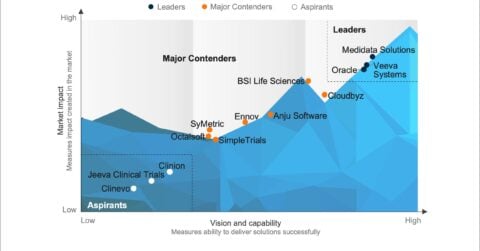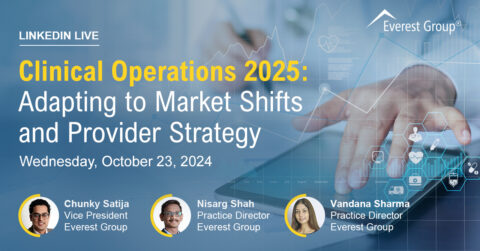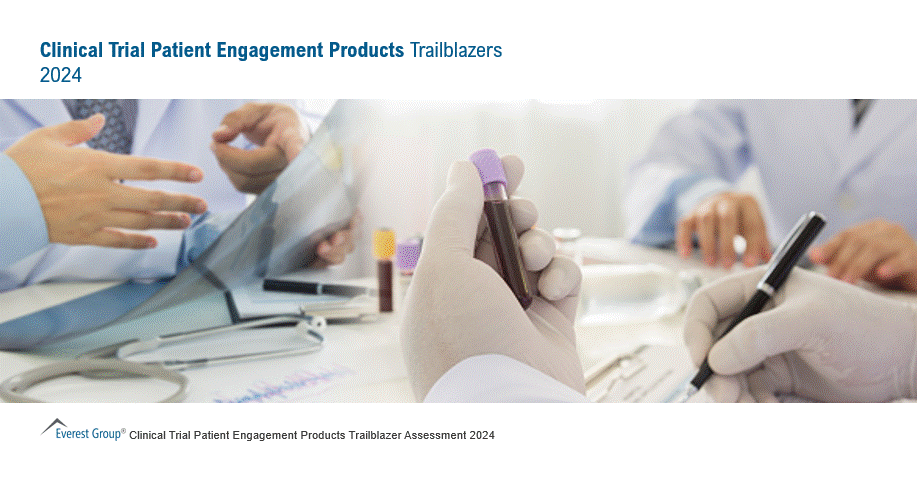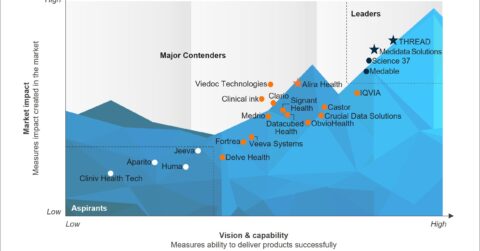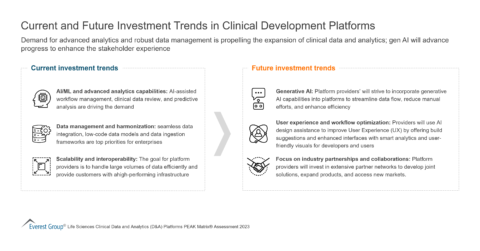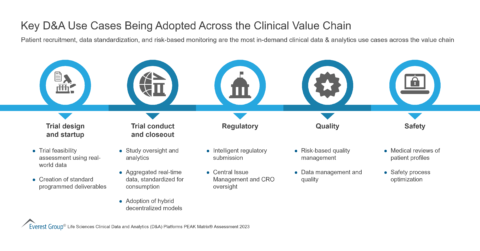Reimagine growth at Elevate – Dallas 2025. See the Agenda.
Displaying 1-10 of 26
Clinical Operations 2025: Adapting to Market Shifts and Provider Strategy | LinkedIn Live
On-Demand LinkedIn Live
1 hour
Research Insider: Everest Group’s Tech Provider Coverage and AR Initiatives | LinkedIn Live
On-Demand LinkedIn Live
1 hour
Exploring Clinical Data and Analytics: The Trends Shaping the Market | LinkedIn Live
On-Demand LinkedIn Live
1 hour




